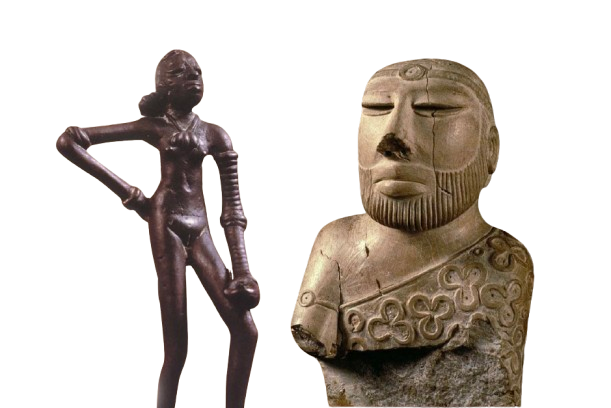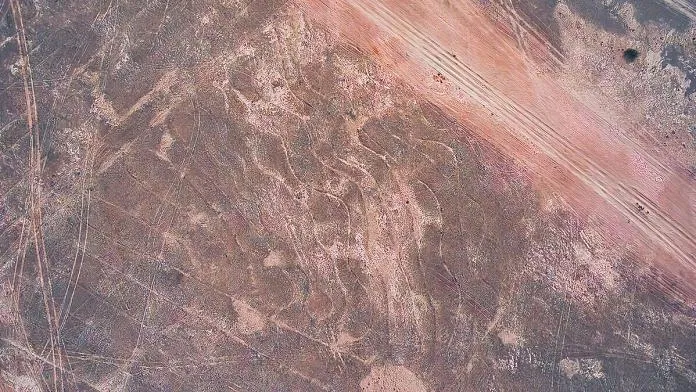Understanding Carbon Dating in Archaeology
Carbon dating, formally known as radiocarbon dating, is a cornerstone technique in archaeology that has reshaped our understanding of historical timelines. By measuring the decay of carbon-14 isotopes in organic materials, this method allows researchers to estimate the age of artefacts and biological specimens. What is Carbon Dating?
It is based on the presence of carbon-14, a radioactive isotope that occurs naturally in the atmosphere. As of 2024, approximately 1 in 1 trillion carbon atoms is carbon-14, absorbed by living organisms throughout their lifespan. When an organism dies, it stops taking in carbon, and the carbon-14 within its tissues begins to decay at a known rate, with a half-life of about 5,730 years.
The Process
The process consists of several key steps, each supported by statistical analysis:
- Sample Collection: Archaeologists collect organic samples, such as wood, bone, or shell, from excavation sites. It’s crucial that these samples are representative to ensure valid data.
- Preparation and Contamination Checks: Samples are cleaned and prepared to eliminate contaminants. Statistical techniques are employed to assess the likelihood of contamination affecting the results.
- Measurement: Advanced instruments, such as accelerator mass spectrometers, measure the ratio of carbon-14 to carbon-12. For instance, a typical measurement might reveal a sample contains 0.0000001 grams of carbon-14.
- Calibration: The raw data is calibrated using dendrochronology (tree-ring dating) and other dating methods. Calibration curves, such as the IntCal series, help adjust radiocarbon dates based on variations in atmospheric carbon levels over time.
- Statistical Analysis: The calibrated results undergo statistical analysis to provide confidence intervals for the dating results. For example, a carbon date may yield a range of 2,000 to 3,000 years BP (Before Present) with a 95% confidence level.
Applications of Carbon Dating in Archaeology
It has numerous applications in archaeology, supported by extensive data and statistics:
- Dating Artifacts: It is commonly used to date artefacts found in excavation sites. Research indicates that over 80% of archaeological studies utilise radiocarbon dating to establish timelines.
- Understanding Environmental Changes: By dating organic materials from different soil layers, researchers can reconstruct past climates. A study found that data from carbon-dated lake sediments revealed climate shifts over the past 12,000 years, highlighting significant environmental changes.
- Establishing Chronologies: It aids in creating chronologies for ancient civilisations. For instance, the dating of Egyptian mummies has revealed a timeline that aligns with historical records, supporting the accuracy of carbon dating.
- Investigating Burial Practices: It is instrumental in understanding burial practices. In a recent study, carbon dating of human remains from a burial site in Europe revealed that the individuals lived during the Iron Age, confirming historical accounts of burial customs.
Limitations of Carbon Dating
Despite its advantages, carbon dating has limitations that researchers must consider:
- Age Range: Carbon dating is effective for samples up to about 50,000 years old. Beyond this, the diminishing carbon-14 levels can yield unreliable results. Data show that dating accuracy declines significantly for samples older than 40,000 years.
- Contamination Risks: Samples may be contaminated with newer carbon, leading to inaccurate dates. Research indicates that around 10-20% of samples may be affected by contamination, emphasizing the need for meticulous sample handling.
- Material Restrictions: Carbon dating can only be applied to organic materials. For instance, a study found that of 1,000 archaeological artifacts analyzed, only 400 were suitable for carbon dating due to their organic composition.
Conclusion
Carbon dating is a vital tool in archaeology, allowing researchers to accurately date artifacts and enhance our understanding of human history. The technique is supported by robust statistical methods, enabling archaeologists to draw reliable conclusions from their data.
As technology continues to advance, the precision of carbon dating will improve, providing even more insight into our past. By employing statistical techniques alongside carbon dating, archaeologists can piece together the intricate puzzle of human civilization, fostering a deeper appreciation for our collective heritage.
In conclusion, carbon dating not only offers a scientific method for dating ancient materials but also empowers archaeologists with the data and statistical tools necessary to explore the vast landscape of human history.



